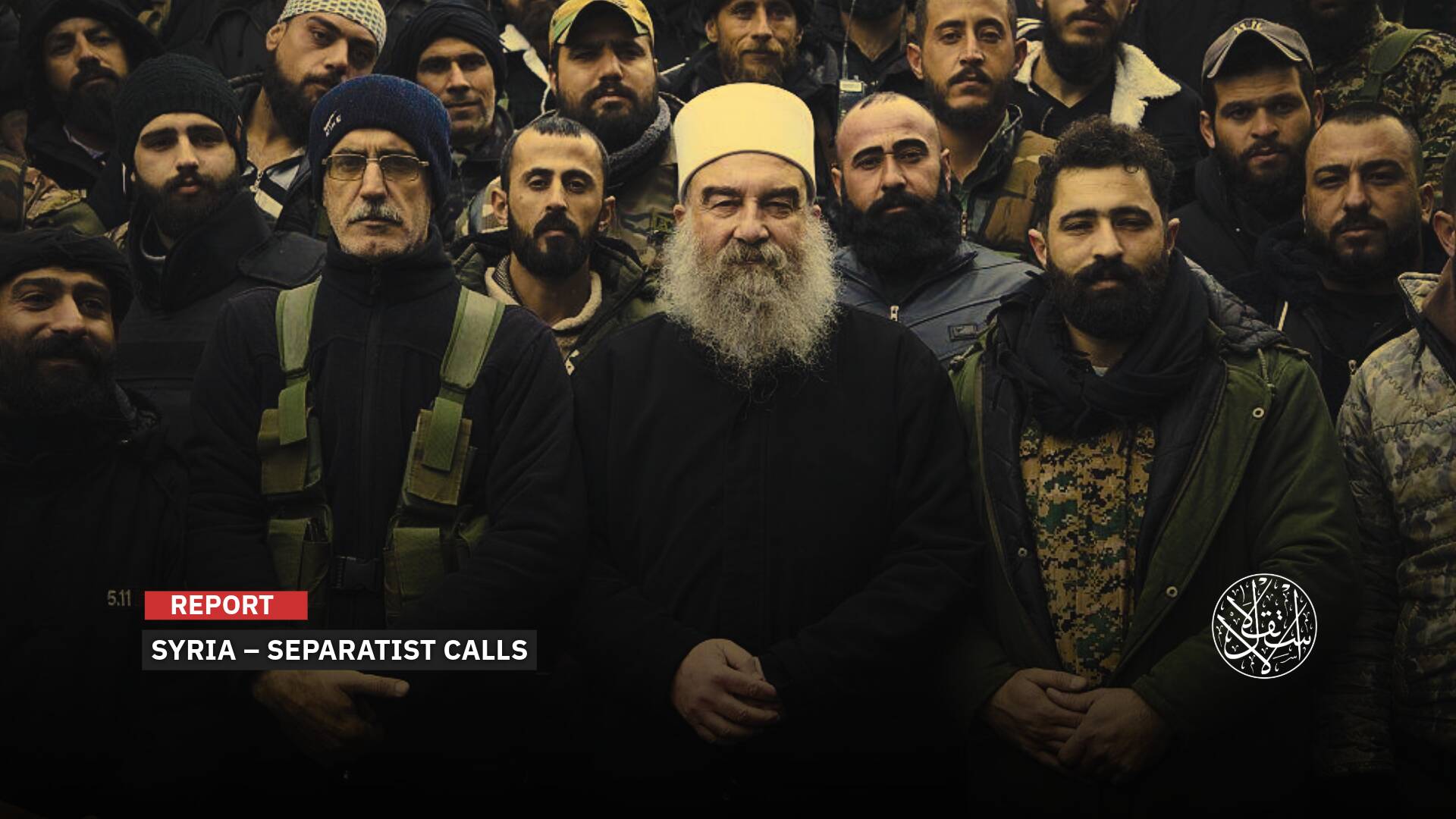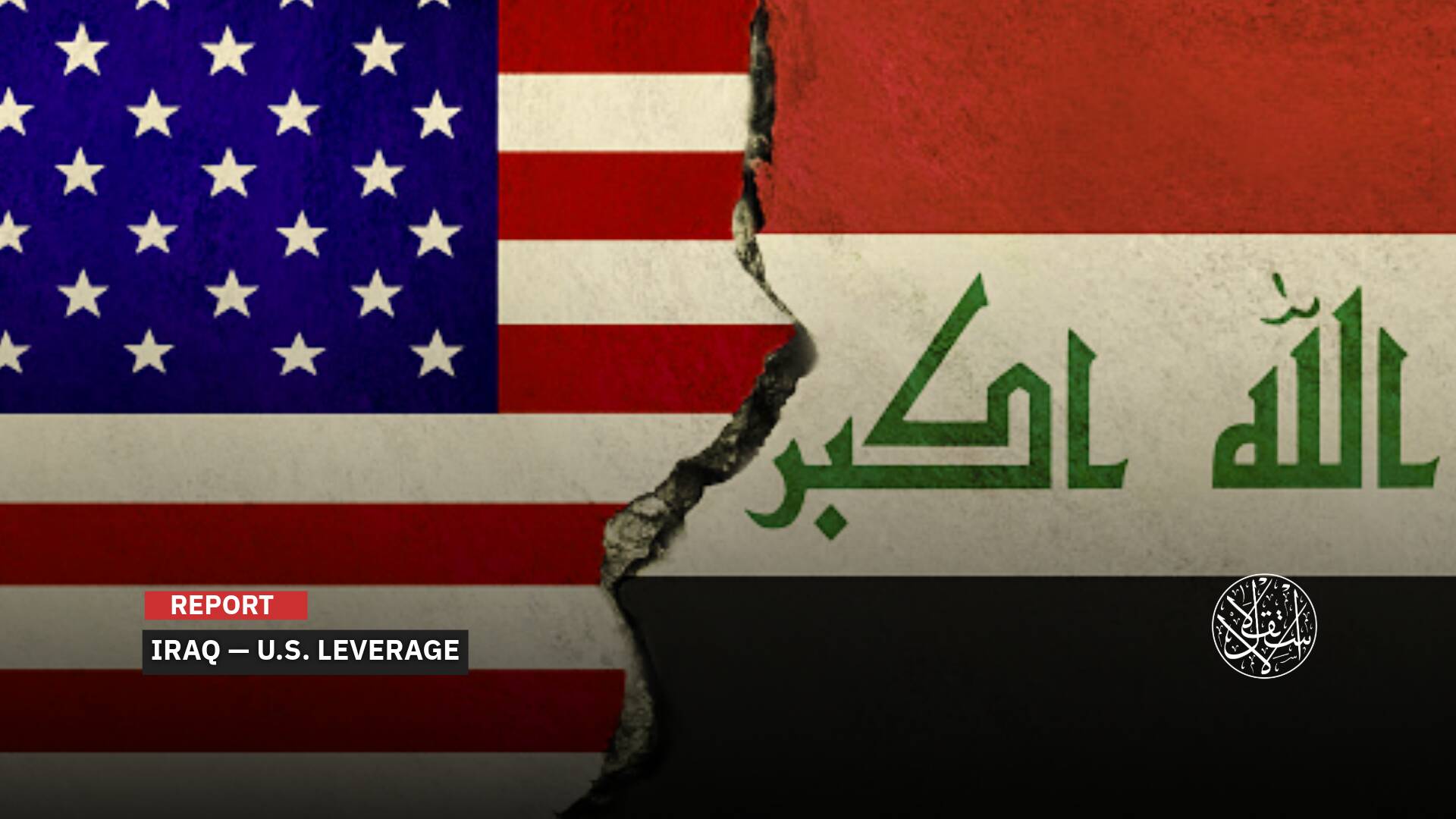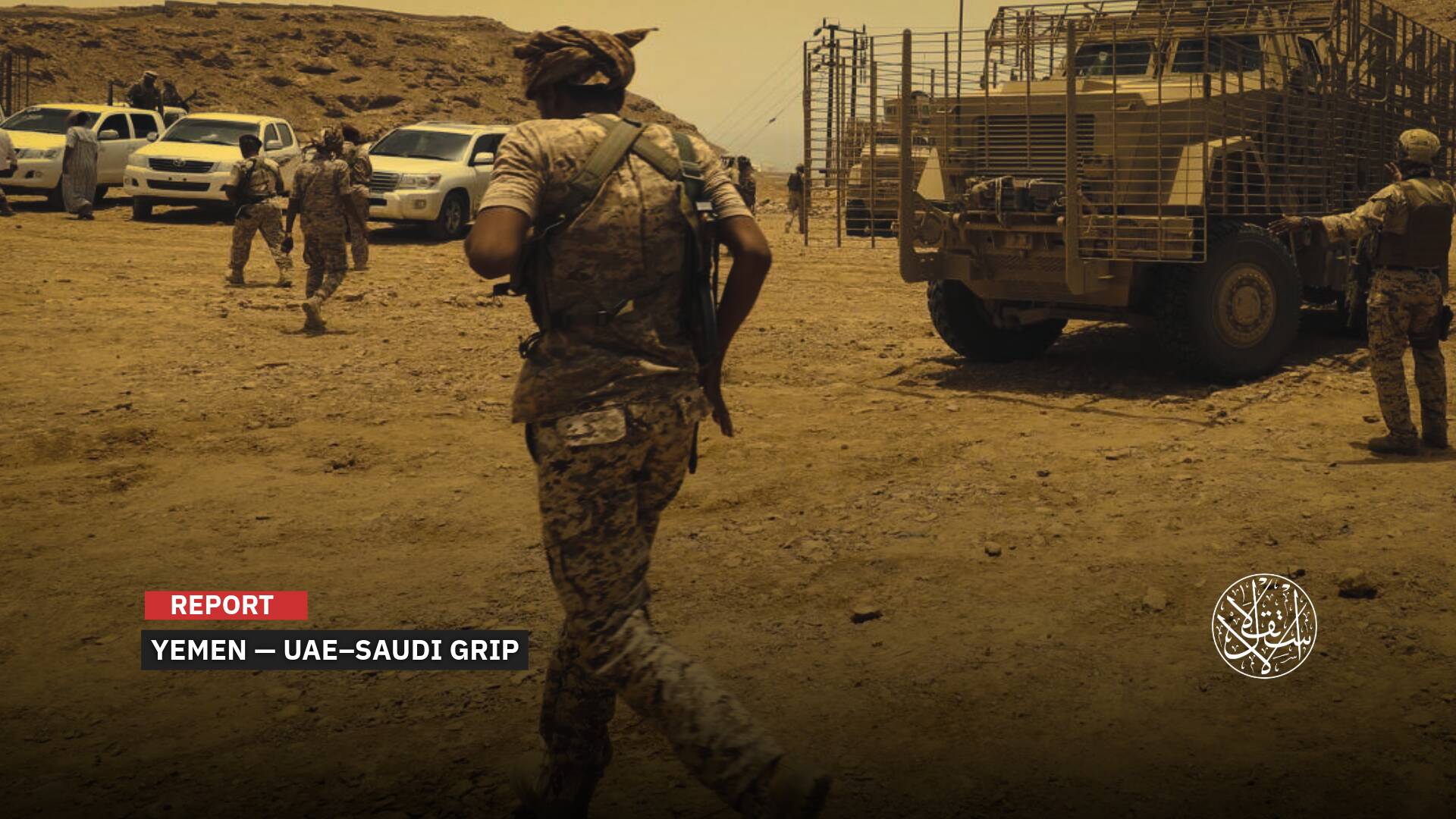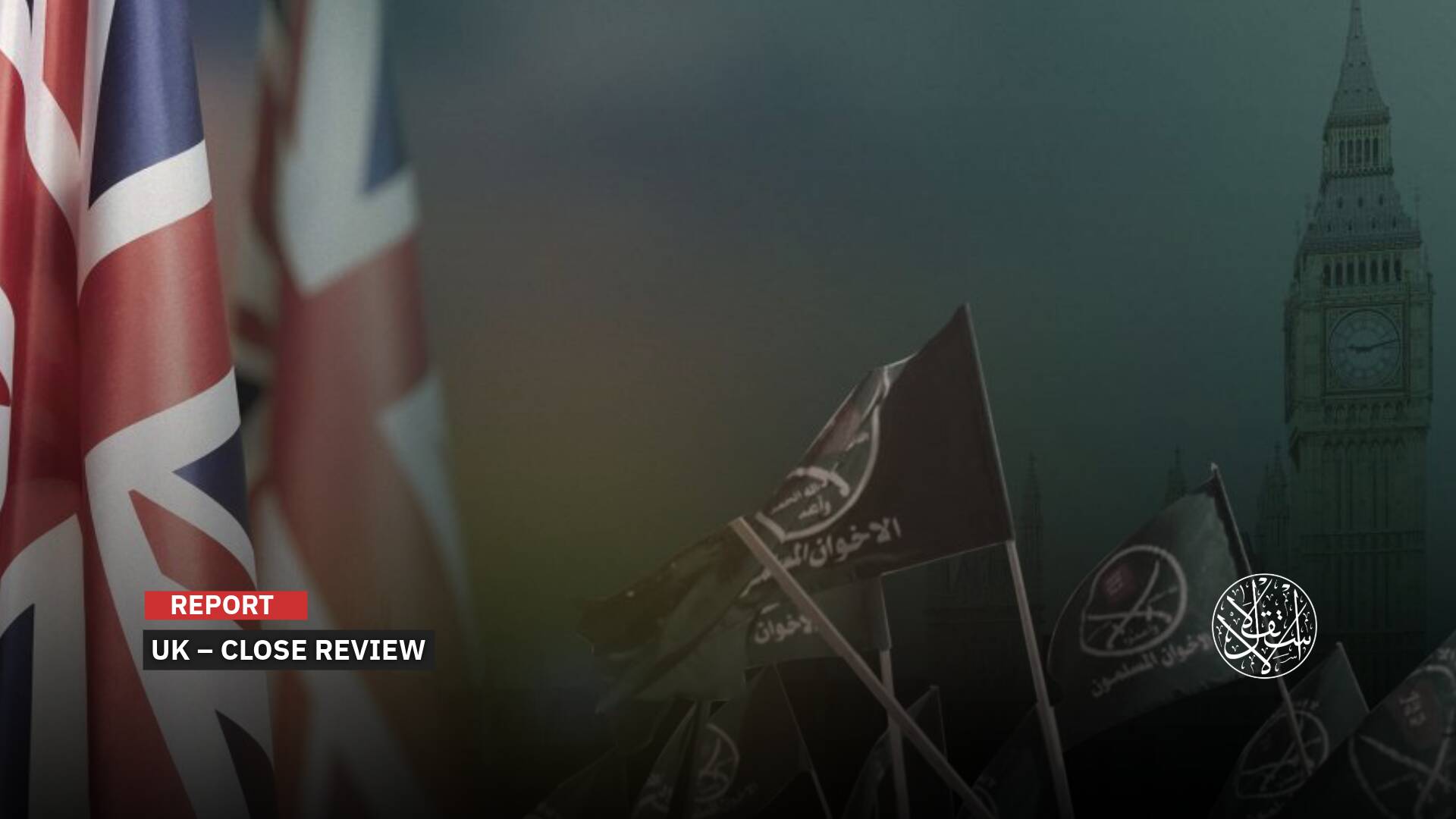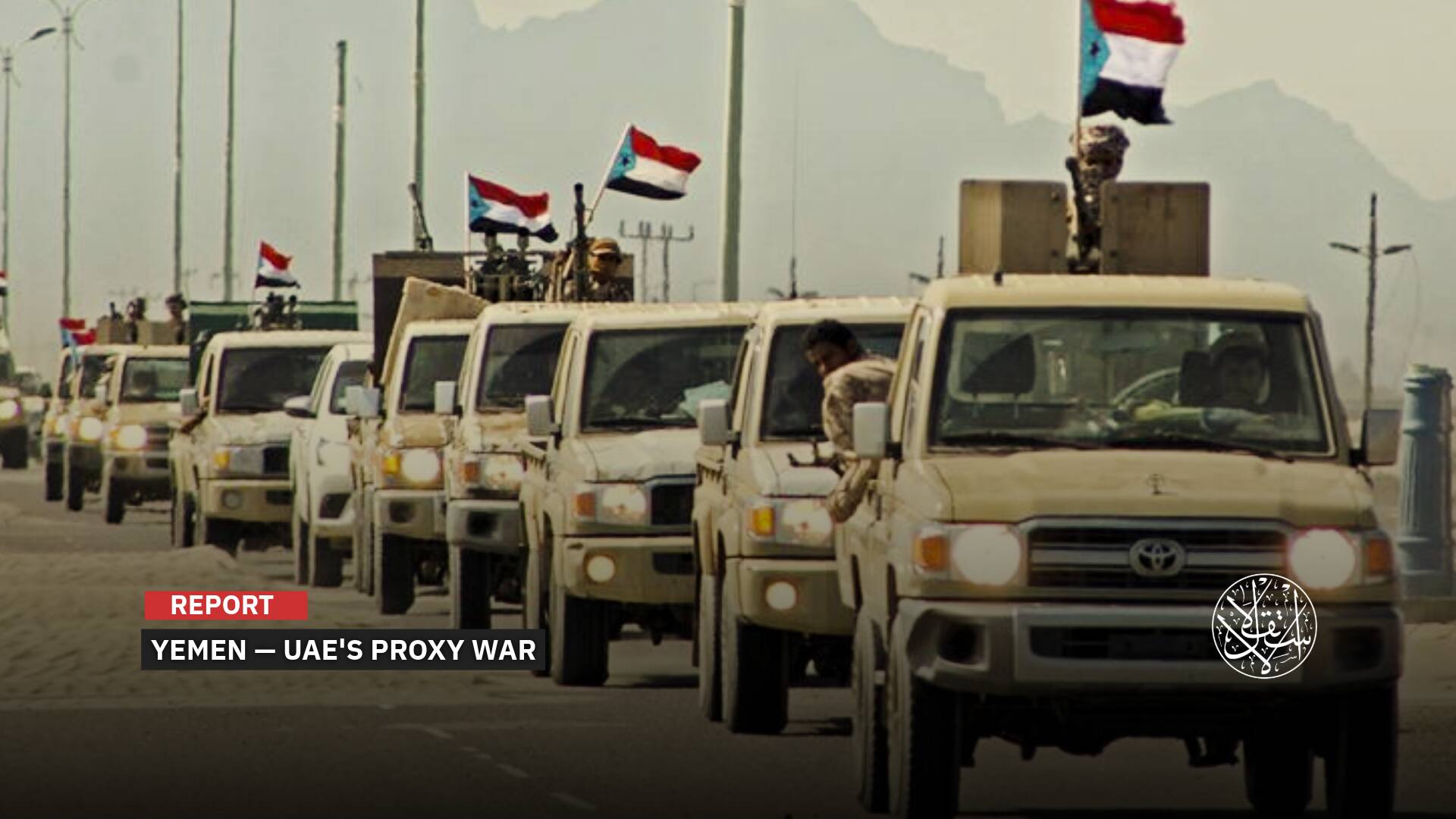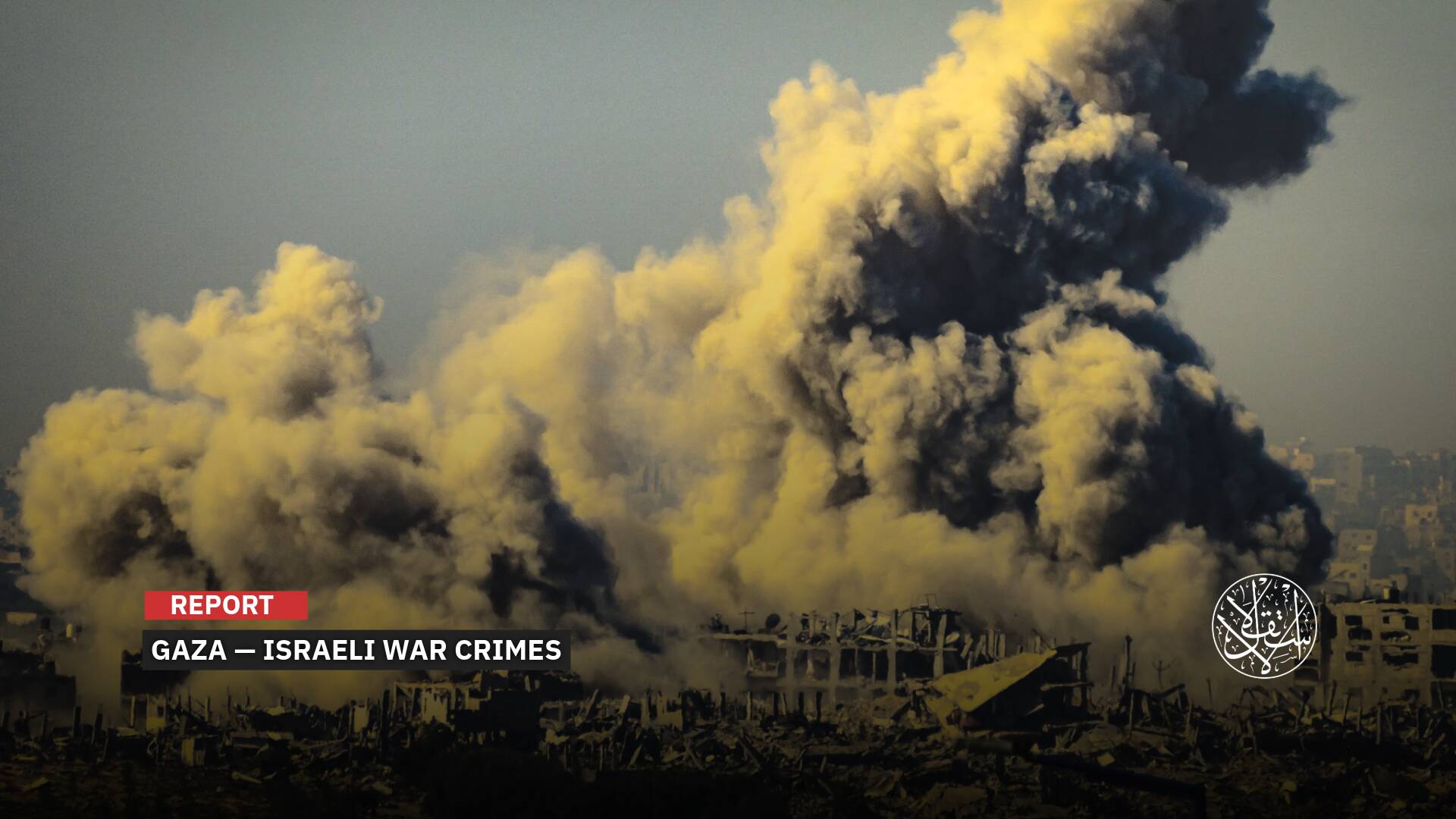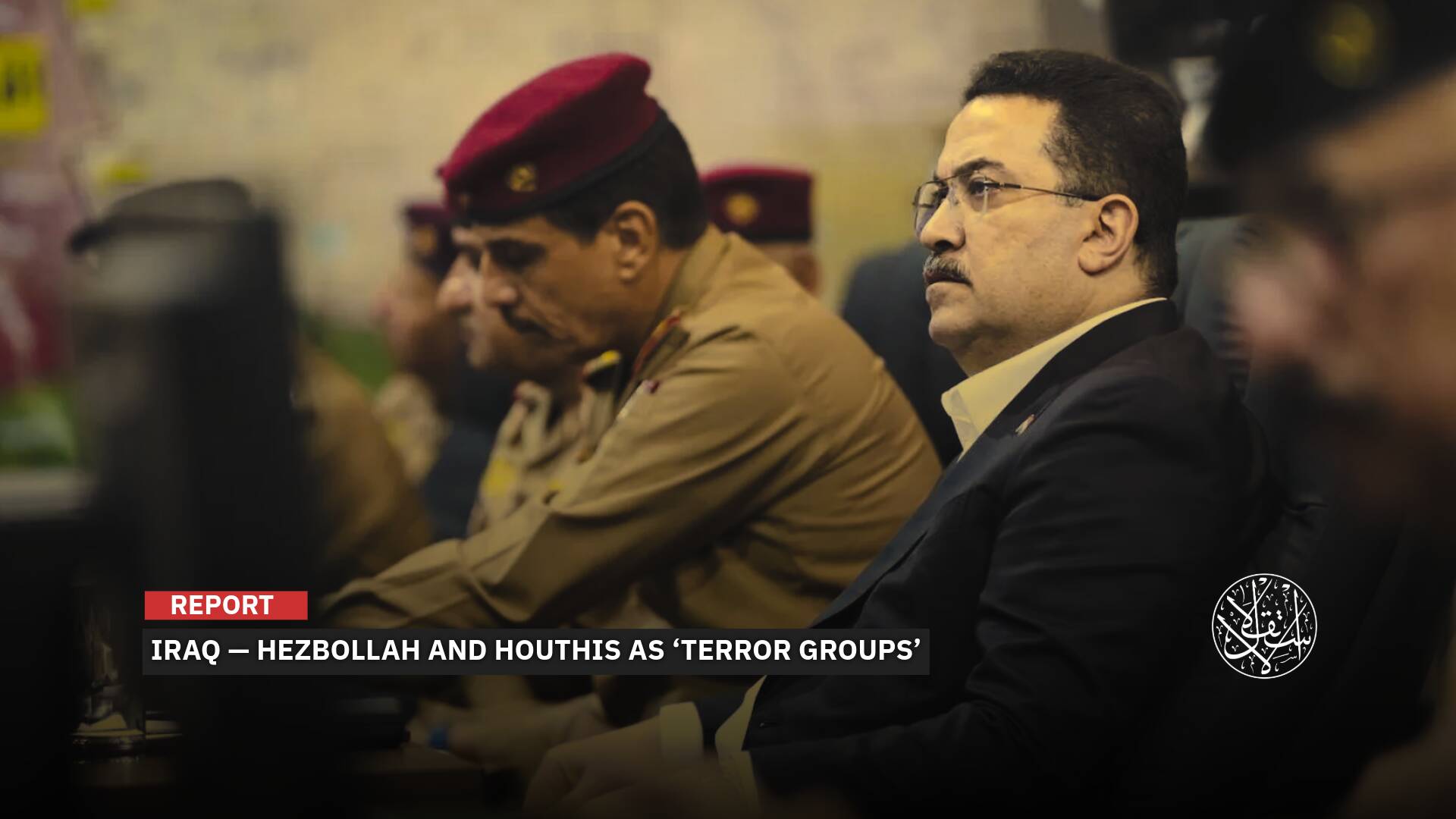Despite Criticisms, How is Biden Involving US Forces in Somalia?

Ahead of US President Joe Biden’s trip to Saudi Arabia this year, he said he would be the first president to visit the Middle East since September 11 without US troops participating in a combat mission there.
But the withdrawal of active troops has not stopped the United States from maintaining a military presence in the region, including Somalia, a country where the United States has been fighting militant groups for a long time.
Beyond the headlines, little is known about the nature of the US military operation in Somalia, a theater that has not been highlighted in the US war on terror.
In a new report, Middle East Eye looks at why the US military is in Somalia and what kind of military operation it is running in the Horn of Africa.

US Safeguarding
In 2020, President Donald Trump’s administration moved to withdraw 700 US troops from Somalia after three decades in the country.
Shortly after the Biden administration arrived, Trump’s move was reversed, and in May 2022, US officials said the president had approved a plan to redeploy troops to Somalia.
The reason given for the move is that it is part of the Biden administration’s strategy to counter the threat from al-Shabaab, an al-Qaeda-linked militant group whose influence in Somalia has grown in recent years.
A US official told the New York Times that Washington is targeting a junior cadre of leaders and is particularly looking to target individuals suspected of playing roles in plotting plots beyond Somalia’s borders.
The actual US military presence in Somalia is small, numbering about 500 troops. Yet the US counterterrorism operation is wide-ranging, employing a tactic that has been widely criticized by rights groups over the past two decades: drone warfare.
Despite concerns about the use of those drones in areas where the United States is not officially engaged in a combat mission, the Biden administration has launched several airstrikes in the country.
In June, US Africa Command (AFRICOM) launched an airstrike in Somalia that reportedly killed five al-Shabaab members. In July, another airstrike killed two militants. A month later, AFRICOM launched at least five airstrikes that killed 17 al-Shabaab terrorists. AFRICOM said, in September, it had killed 27 fighters in an airstrike.
Last month, AFRICOM announced an airstrike that killed an al-Shabaab leader and that no civilians were injured or killed. This month, it launched an airstrike that AFRICOM said killed 17 al-Shabaab fighters.
In October, Biden signed a new covert policy to limit counterterrorism drone strikes outside conventional war zones.
The new policy aims to consolidate restrictions imposed by the administration early in its term, which were seen as a temporary barrier against the Trump administration’s moves to ease censorship.
However, Sarah Harrison, a senior fellow at the International Crisis Group, stated in an article for Just Security magazine that the new policy is likely to have little impact on US operations in Somalia, given that it contains loopholes that would allow business as usual in Somalia.
Authorization to Kill
The US Congress is the branch of the US government that has the power to declare war.
Although Congress did not declare war in Somalia, the Biden administration used the 2001 Authorization to Use Military Force Against Terrorists (AUMF) to bypass restrictions.
The open nature of the mandate has allowed many presidents to wage war against a number of groups, including al-Qaeda, the Taliban, al-Shabaab, and ISIS.
While the Biden administration has indicated that it supports ending the use of the 2002 mandate specifically for Iraq, it has shown no support for repealing the broader 2001 mandate, despite calls from lawmakers.
The Somali government recently asked the United States to intensify drone strikes on al-Shabaab targets to include those who may pose a threat to Somali forces, even if they have not shot at them right now.
Currently, the Biden administration is considering the request, which would mean a major escalation by Washington.

Military Operations
In August, US Secretary of Defense Lloyd Austin praised the military operation in Africa, saying it goes hand in hand with our friends as partners to strengthen ties, address common threats, and advance a shared vision of Africa’s security prosperity.
But a recent report by the Pentagon’s Africa Center for Strategic Studies contradicted this: “Militant Islamist group violence in Africa has risen inexorably over the past decade, expanding by 300 percent during this time.”
In Somalia alone, the Pentagon recorded 2,221 violent incidents, 72 percent of which were battles between al-Shabaab and government forces.
The report noted that 36 percent of all militant group violence recorded in Africa last year was carried out by Somalia’s al-Shabaab.
The United States has spent nearly $2.5 billion on security assistance to Somalia since 2009, according to data from the Center for International Policy. Since 2007, it has carried out at least 265 airstrikes, according to Airwars, an organization concerned with air warfare against militant groups.


